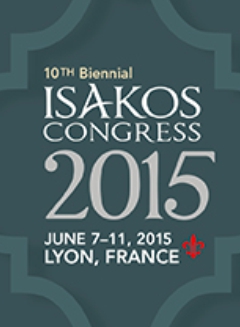
ISAKOS 2015: Synthetic scaffold vs. microfracture in osteochondral repair

ISAKOS 2015: Synthetic scaffold vs. microfracture in osteochondral repair
Synthetic Polymer Scaffolds Vs Microfracture: Three Year Follow-Up Prospective Randomised Trial
CONFERENCE ACE REPORTS
This ACE Report is a summary of a conference presentation or abstract. The information provided has limited the ability to provide an accurate assessment of the risk of bias or the overall quality. Please interpret the results with caution as trials may be in progress and select results may have been presented.
Synopsis
36 patients scheduled to undergo cartilage or osteochondral repair were randomized to either a synthetic resorbable biphasic implant (TruFit Plug) group or a microfracture surgery group. The purpose of this study was to determine the clinical outcomes and assess the MRI findings of these two methods of treatment for chondral or osteochondral defects. Results of this study found that both TruFit an...
To view the full content, login to your account,
or start your 30-day FREE Trial today.
FREE TRIAL
LOGIN
Forgot Password?
Explore some of our unlocked ACE Reports below!

Learn about our AI Driven
High Impact Search Feature
Our AI driven High Impact metric calculates the impact an article will have by considering both the publishing journal and the content of the article itself. Built using the latest advances in natural language processing, OE High Impact predicts an article’s future number of citations better than impact factor alone.
Continue



 LOGIN
LOGIN

Join the Conversation
Please Login or Join to leave comments.